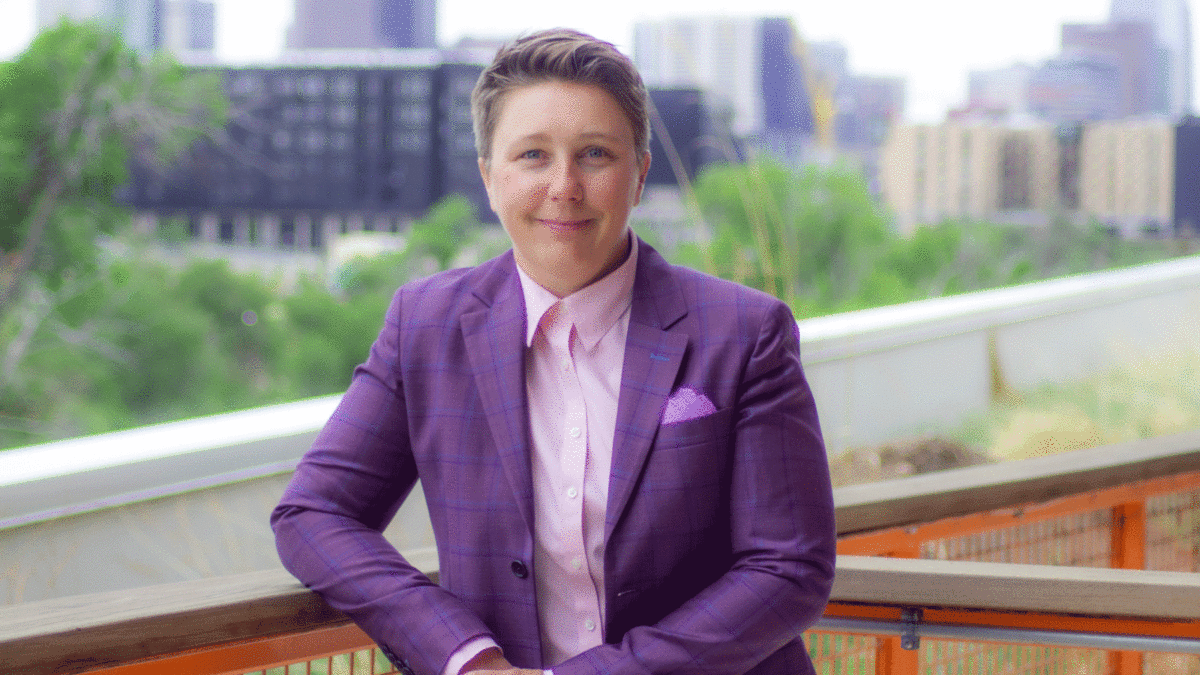
The Insidiousness of Perfectionism
November 2022
Download This Article (.pdf)
Lawyers are perfectionistic creatures. Perhaps the pathway into the profession creates perfectionistic lawyers, or maybe perfectionistic people are uniquely called to the law. Either way, we have a perfectionism problem in our profession.
On the surface, it might be difficult to see the downside to our perfectionistic culture. Perfectionism demands high achievement and can spur us to do our best work for clients, thereby creating value for the services we offer. But it also causes us to be unhealthy as individuals by locking us in a cycle of persistent dissatisfaction, and it breeds divisiveness by encouraging us to preserve the status quo and discouraging us from connecting authentically with one another.
In our attempts to get everything right, we are getting much of it very wrong.
Perfectionism Isn’t About Being Perfect
As a profession, we tend to underestimate the dangers of perfectionism. For some of us, it’s an irritating personality quirk. Sometimes we use perfectionism to signal how hardworking we are. True perfectionism, however, is far from a personality quirk or a humblebrag—it can be deadly.
Perfectionism is linked to a host of negative outcomes, including eating disorders,1 fibromyalgia,2 depression,3 and suicide.4 But even outside of clinical disorders, perfectionism can lead to significant problems in daily life, impacting everything from our productivity and work performance to our relationships and physical health.5 Needless to say, perfectionism is far more serious than it’s usually presented.
Perfectionism is often viewed as a noble desire for positive results, but it’s actually a coping mechanism many of us developed in childhood. Research shows that we develop a habit of perfectionism from a young age as a way to ease negative or painful emotions.6 Over time, we learn to respond to negative emotions by seeking perfection as a way to feel better. For lawyers, these negative emotions might stem from the immense responsibility, high risks of failure, vicarious trauma, and imposter syndrome that can come with the practice of law. Striving for perfection can help us temper these challenging feelings and give us a sense of control in a volatile profession.
Perfectionism Versus Accountability
Although perfectionism isn’t really about high achievement, it frequently shows up in the way we measure results. Our profession often uses the attributes of perfectionism to assess results and drive accountability. Perfectionism, however, can be a major barrier to accountability—why do anything if it is never going to be good enough anyway? Despite the lack of connection between accountability and perfection, we continue to conflate these subjects in ways that ultimately inhibit our progress.
In no place do I see this more than in our work around diversity, equity, and inclusion (DEI). In this high-stakes work, perfectionism stems from the belief that this work is too important to get wrong and that mistakes should never occur. Our intuition may tell us that rewarding flawless DEI work and discouraging errors is desirable, justifiable, and motivating. Yet an overemphasis on getting things right actually has the opposite effect and can demoralize and even harm those engaging in DEI work by undercutting morale; perpetuating competition, judgment, blame, shame, and guilt; and contributing to burnout through unattainable expectations.
Furthermore, perfectionism gets in the way of inclusivity. The truth is, as aspiring and valuable as it is, DEI work is difficult and messy. In an ideal learning environment, all experiences are considered neutral and offer an opportunity to learn and innovate.7 DEI work requires a learning environment where tough questions are considered, grace around shortcomings is granted, limitations are acknowledged, and vulnerability and failures are invited within ourselves and others. All these practices are simply incompatible with idealizing perfection.
Additionally, perfectionism is demanded of us by white supremacy culture. White supremacy shows up in even the most well-intentioned organizations, including the CBA. It doesn’t always look like overt discrimination, but it exists in subtle characteristics of the organization’s operations, governance, and culture.8 White supremacy uses perfectionism to keep us from achieving our DEI goals in two ways:
- White supremacy culture uses perfectionism to preserve power and the status quo. As long as we are striving to be perfect according to someone else’s rules, we have less energy and attention to question those rules and to remember what is truly important.
- When perfectionism creeps into our DEI work, it is usually in service of our own power or the current power structure. We might be attempting to fight this power through social justice efforts in our organization, but when we are perfectionistic about how we do that, we preserve the internal toxic power structure.
In each of these ways, we undercut our own efforts to create equity, inclusion, and belonging.
Striving for Excellence
We must look to something other than perfectionism to help us manage the challenging and uncomfortable emotions that come with the practice of law and our work to build and sustain a culture where we can all thrive as a community and as individuals.
To do this, we should move away from striving for perfectionism and move toward an expectation of excellence. We can define excellence and hold ourselves and each other accountable to a shared standard of excellence. We can disrupt the status quo with excellence. We can care for each other with excellence. We can give each other grace through excellence. We can make and learn from mistakes through excellence.
We can achieve an expectation of excellence within our CBA community in several ways, many of which will also positively impact our organizational cultures:
- View the CBA as a “learning organization” where everyone will make mistakes and grow from those mistakes.
- When mistakes happen, don’t automatically search for someone to blame or assume someone is at fault.
- Foster an environment where people can recognize that mistakes sometimes lead to positive results.
- Separate the person from the mistake.
- Ask those who offer critical feedback for suggestions about how to do things differently.
- Realize that being our own worst critic does not actually improve the work or help us learn from mistakes.
Our work to improve the profession and take care of one another is “forever work.” As we engage in this work, shifting our goal from perfection to excellence will allow us to enjoy the process, not just the outcomes, of our endeavors.
Conclusion
The CBA strives to be a learning organization—a place where growth can come from challenges, setbacks, and mistakes. I invite you to leave your perfectionism at the door and join us in our journey toward excellence. 
Related Topics
Notes
1. Hewitt et al., “Perfectionism traits and perfectionistic self-presentation in eating disorder attitudes, characteristics, and symptoms,” 18 Int’l J. Eating Disorders 317 (Dec. 1995).
2. Molnar et al., “Perfectionism and health functioning in women with fibromyalgia,” 73 J. Psychosomatic Research 295 (Oct. 2012).
3. Blatt, “The destructiveness of perfectionism. Implications for the treatment of depression,” 50 Am. Psychol. 1003 (Dec. 1995).
4. Smith et al., “The perniciousness of perfectionism: A meta-analytic review of the perfectionism-suicide relationship,” 86 J. Personality 522 (June 2018).
5. Wignall, “What Causes Perfectionism and How to Get Over It,” Nick Wignall blog (Mar. 15, 2018), https://nickwignall.com/what-causes-perfectionism.
6. Wignall, “The Cognitive Model: How to Retrain Your Brain to Feel Better,” Nick Wignall blog (Feb. 22, 2018), https://nickwignall.com/cognitive-model.
7. Senge, The Fifth Discipline: The Art and Practice of the Learning Organization (Doubleday/Currency 1990).
8. Gray, “The Bias of ‘Professionalism’ Standards,” Stanford Social Innovation Rev. (June 2019).


